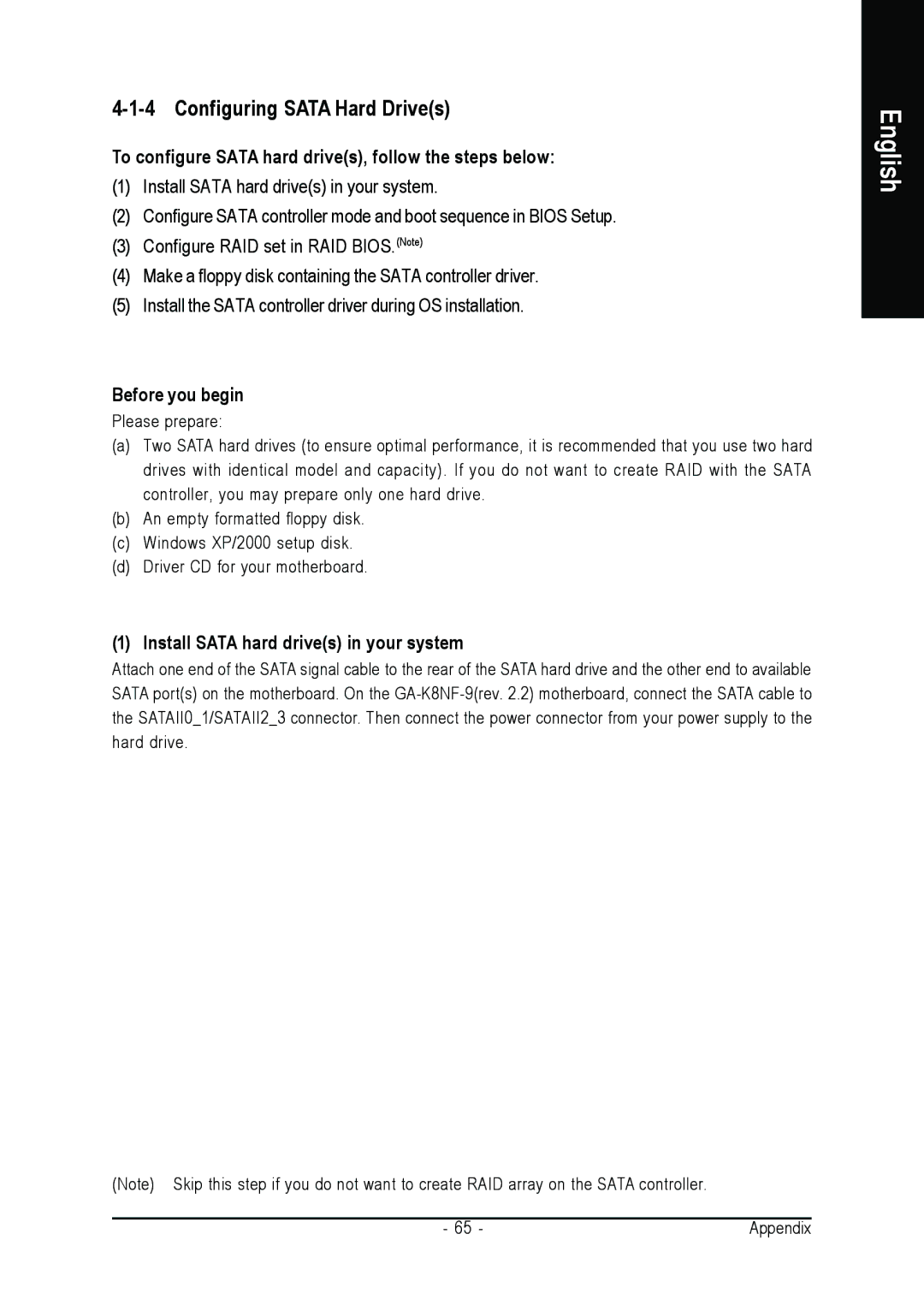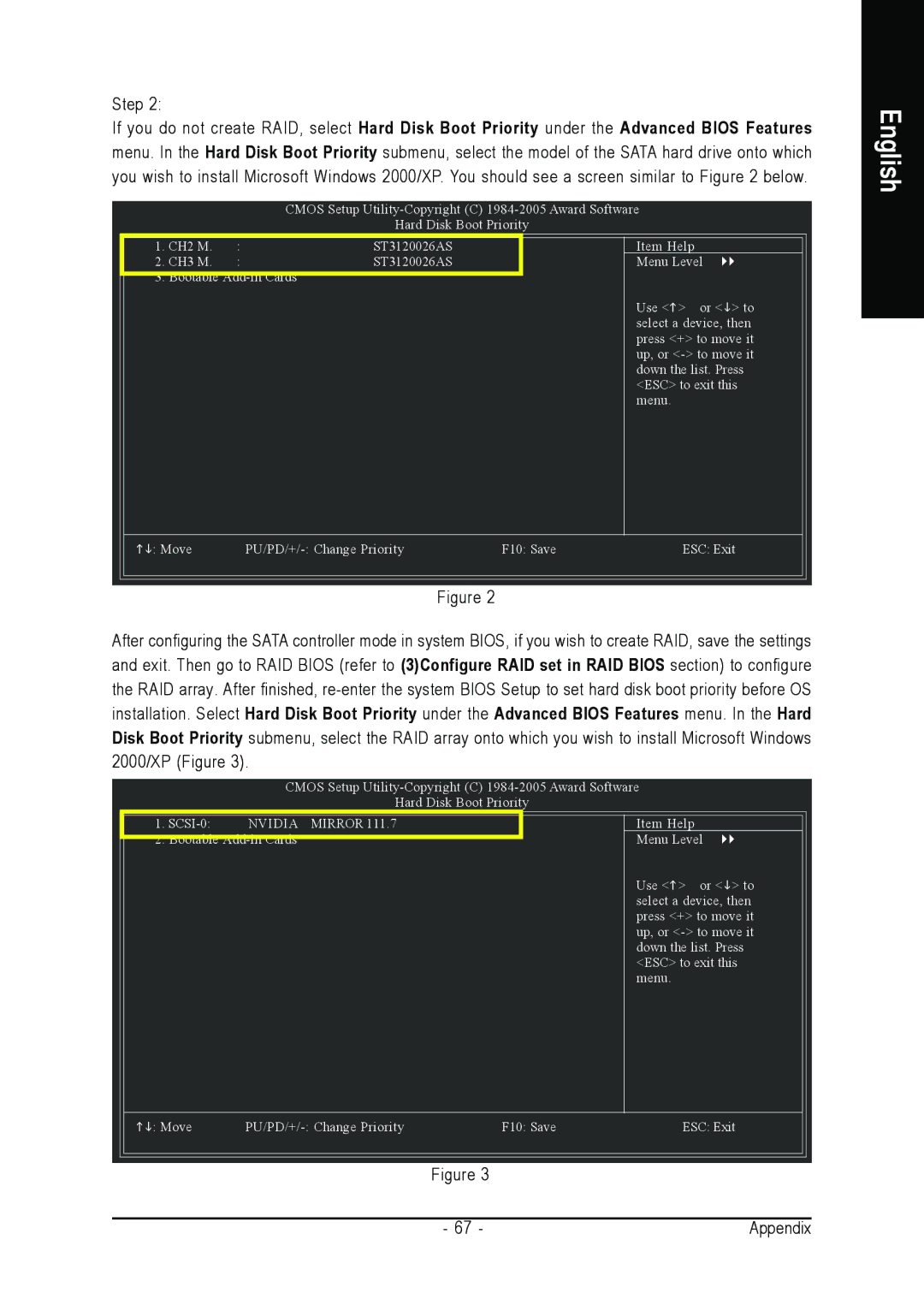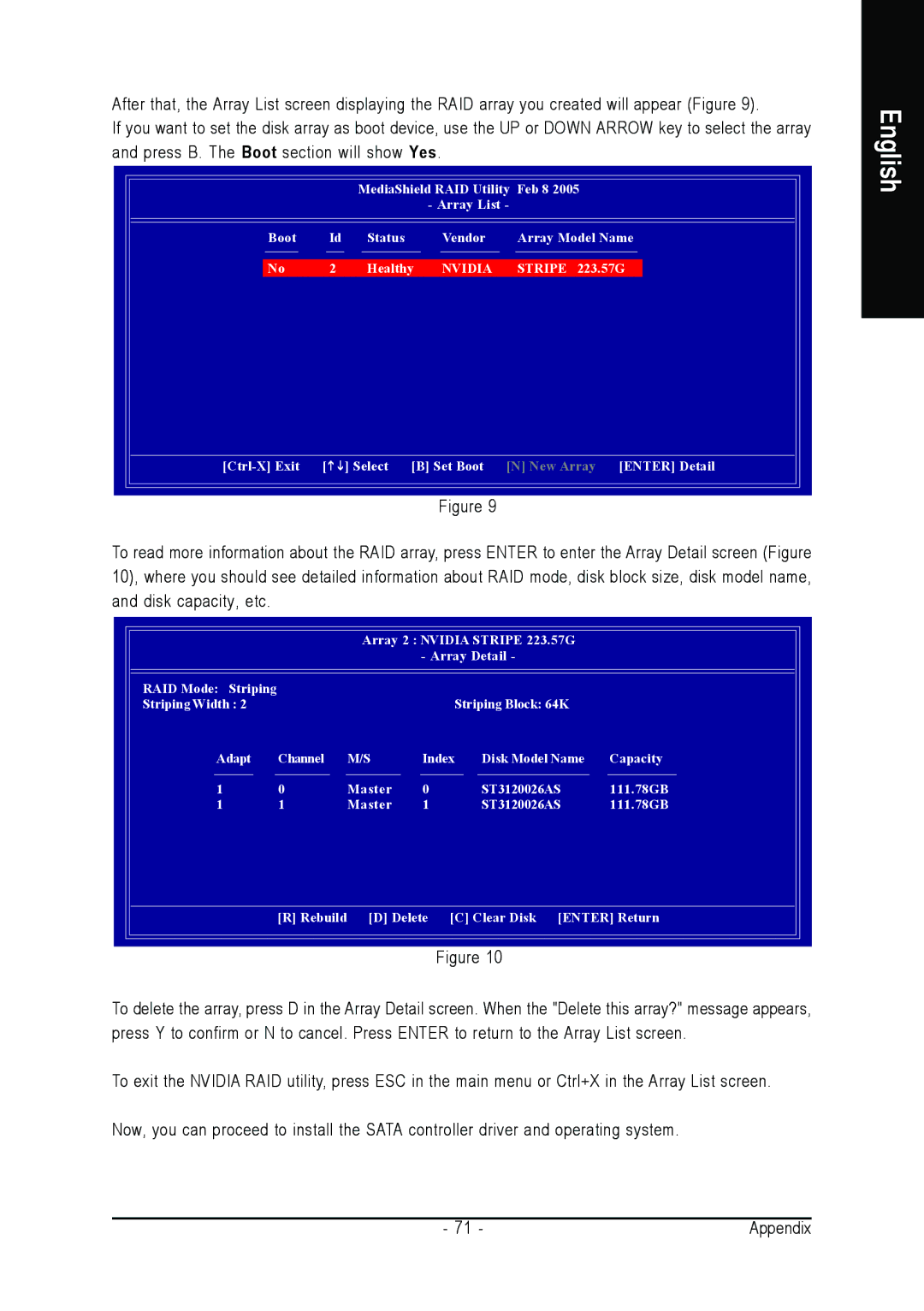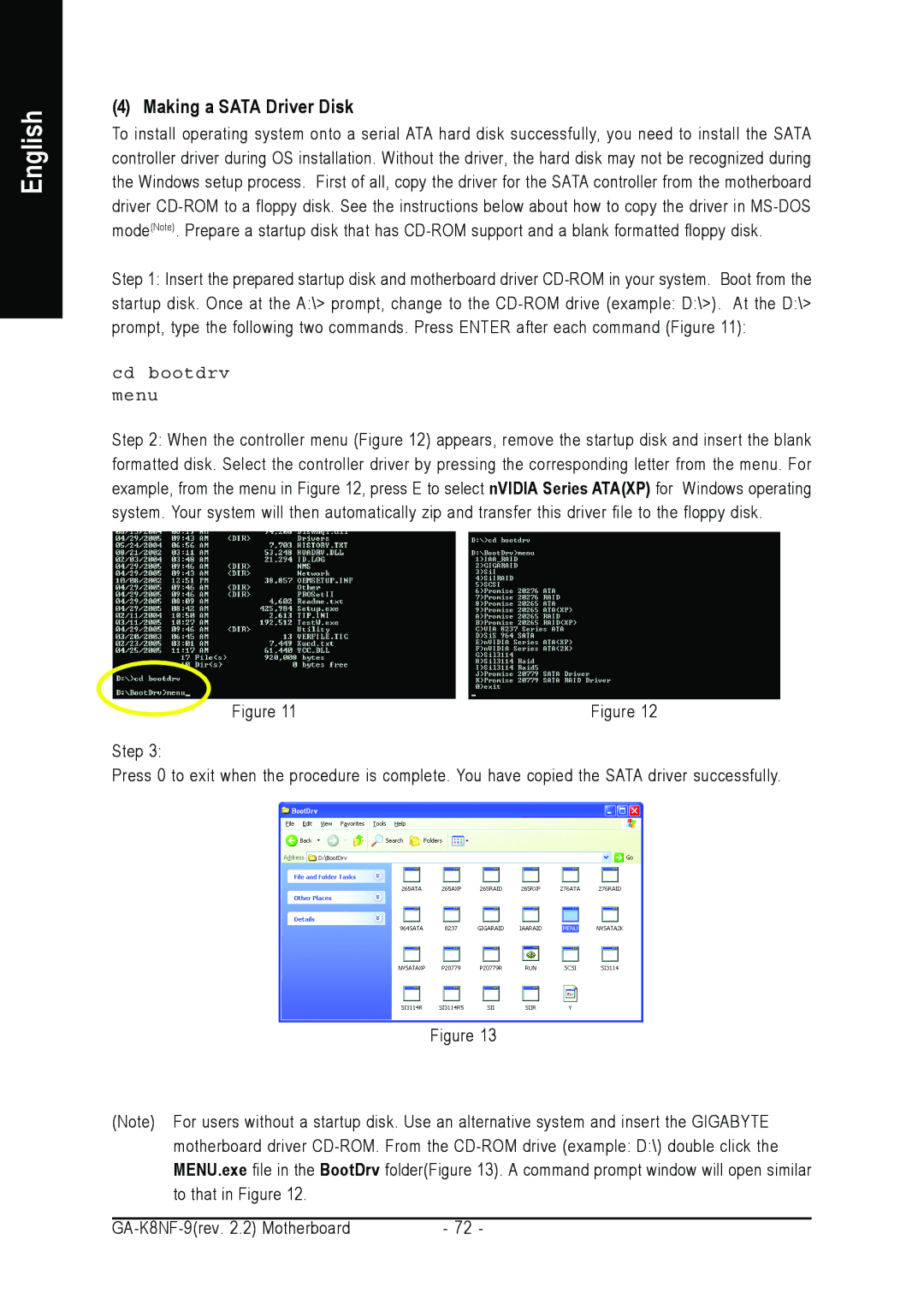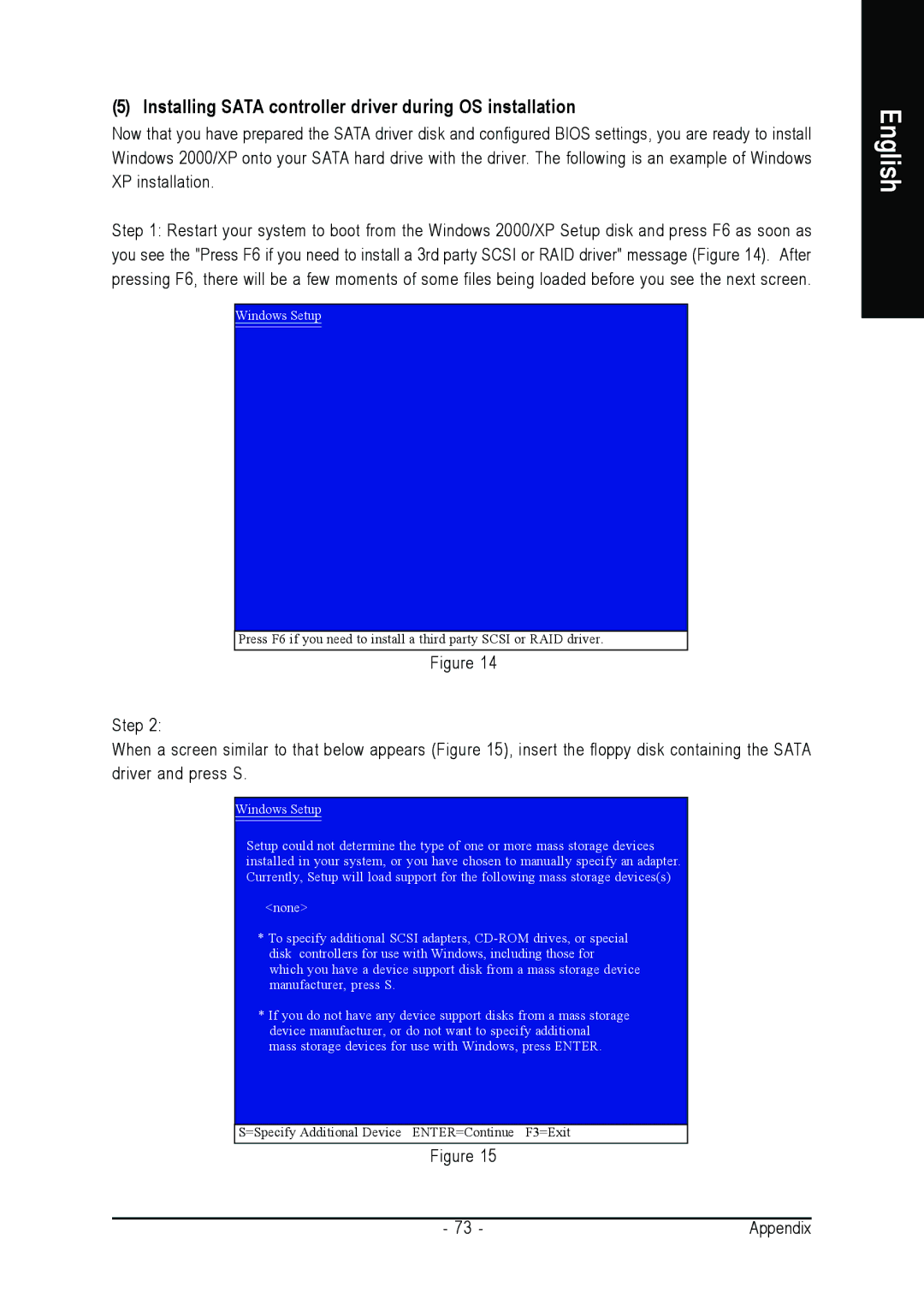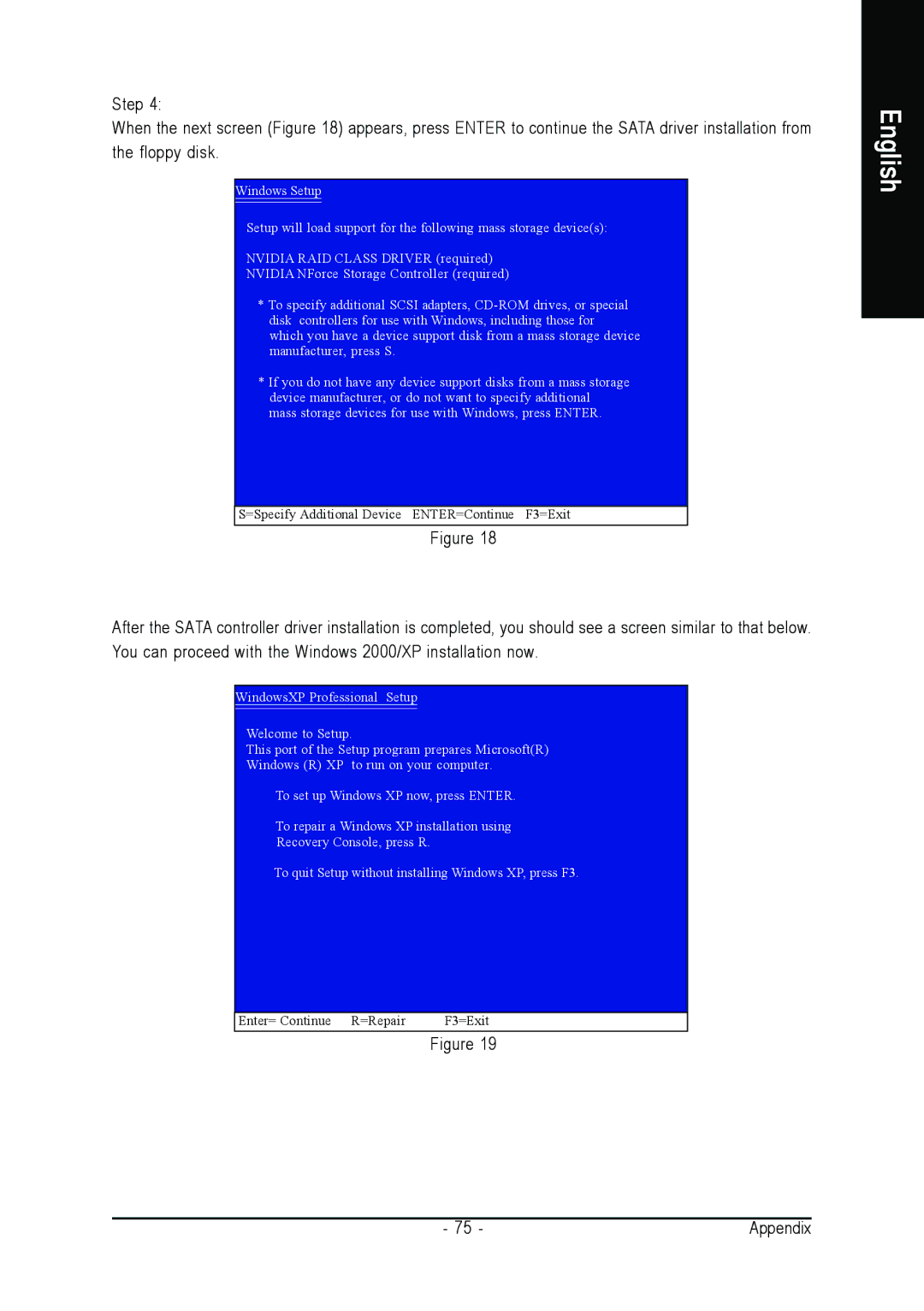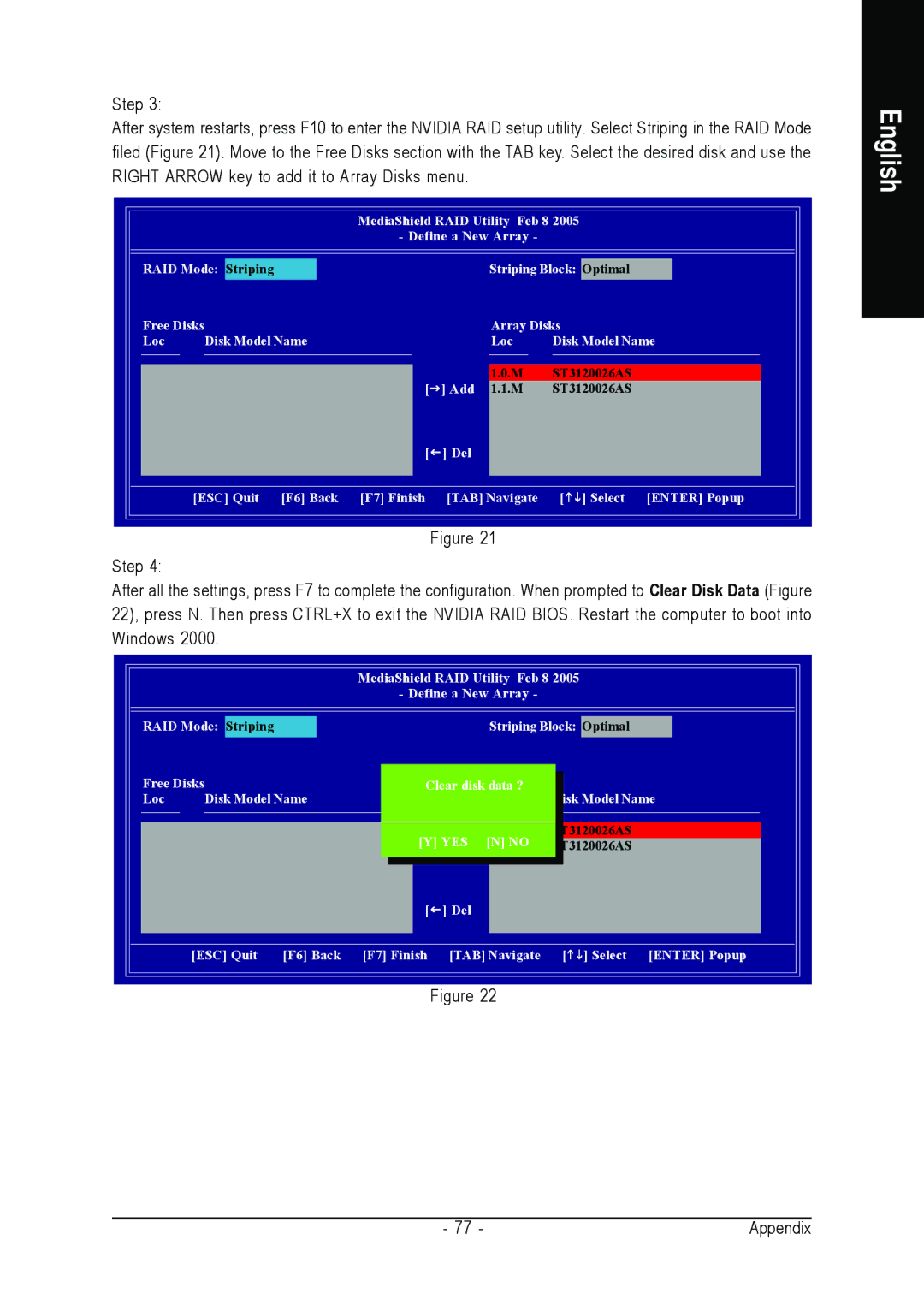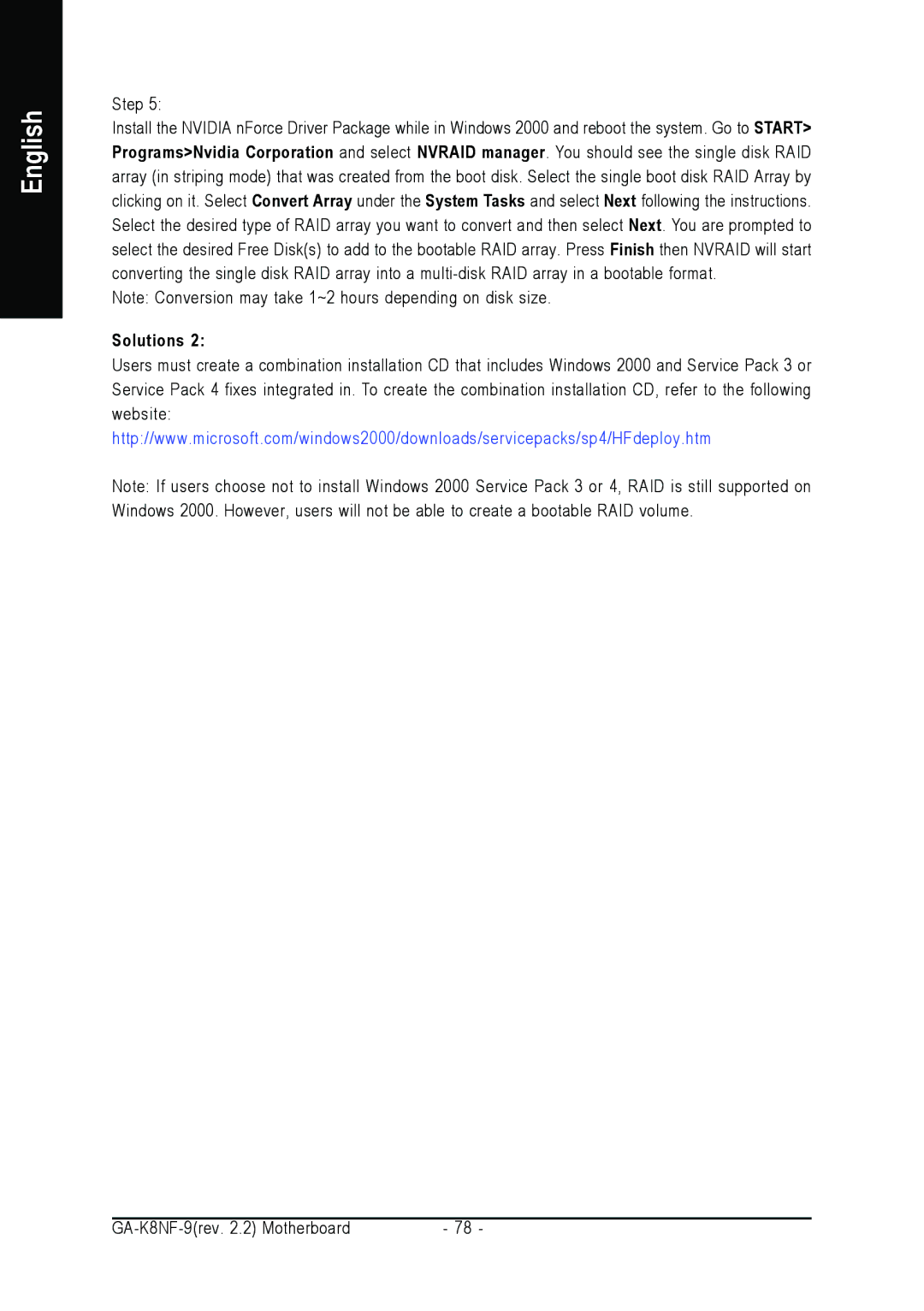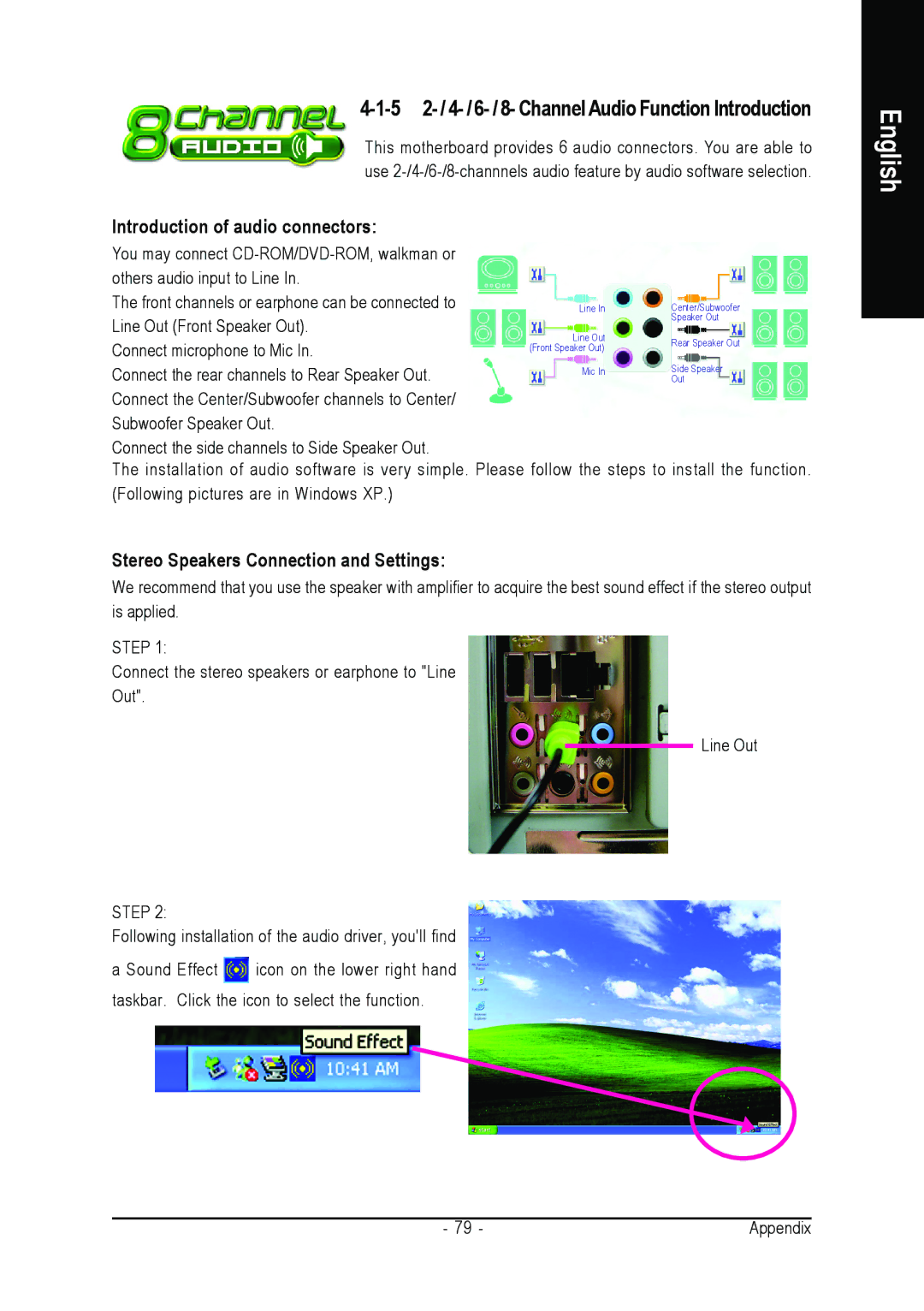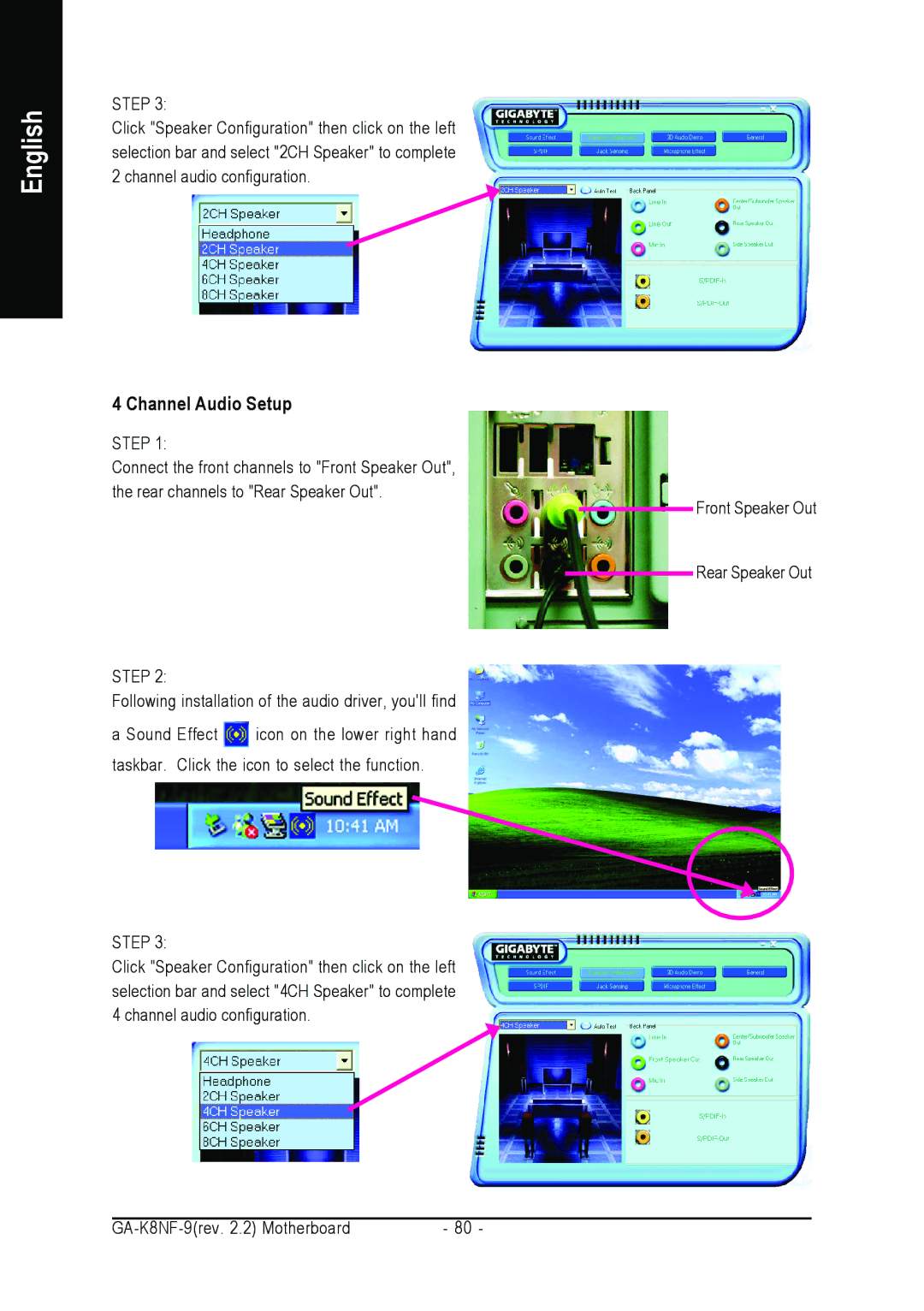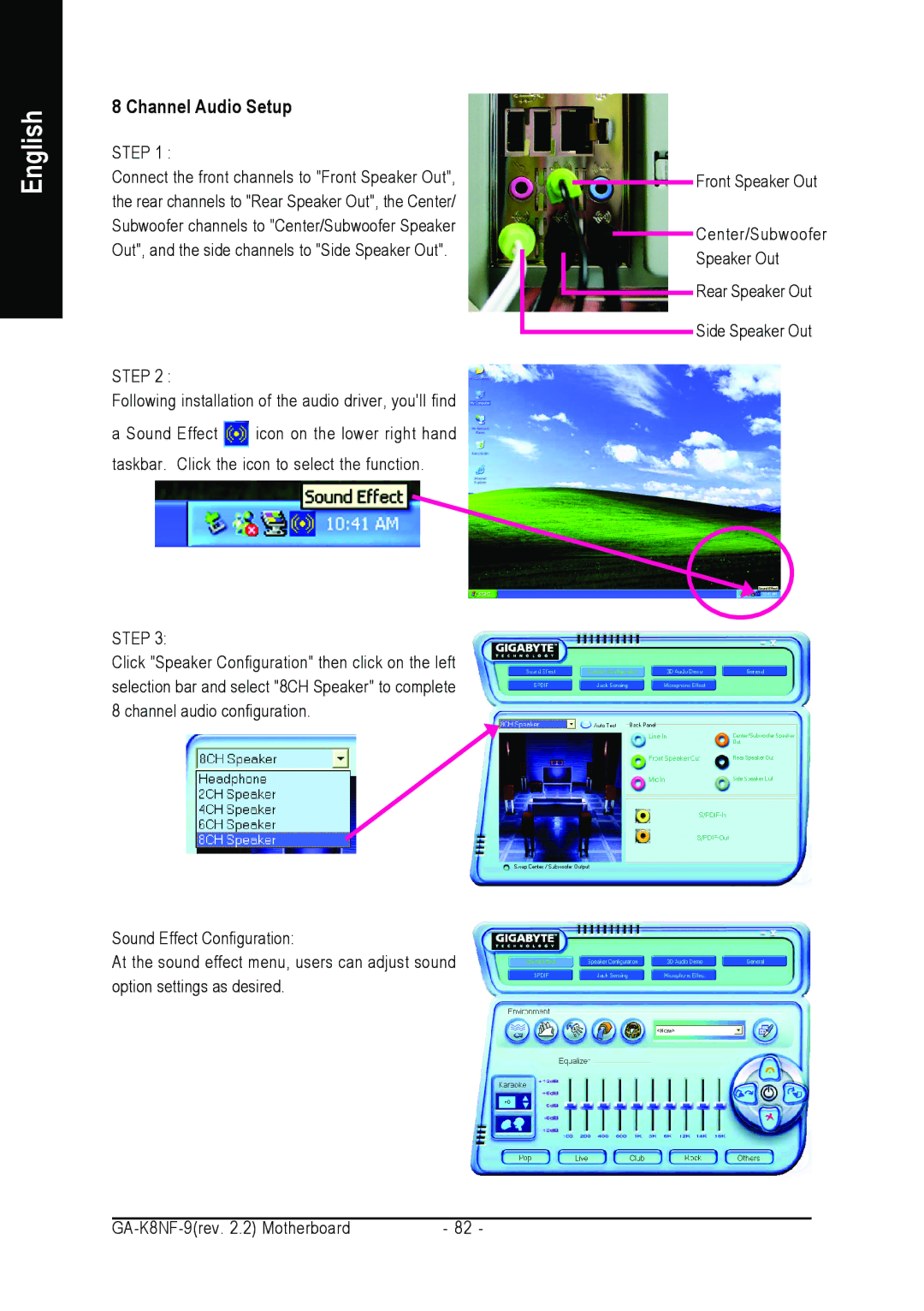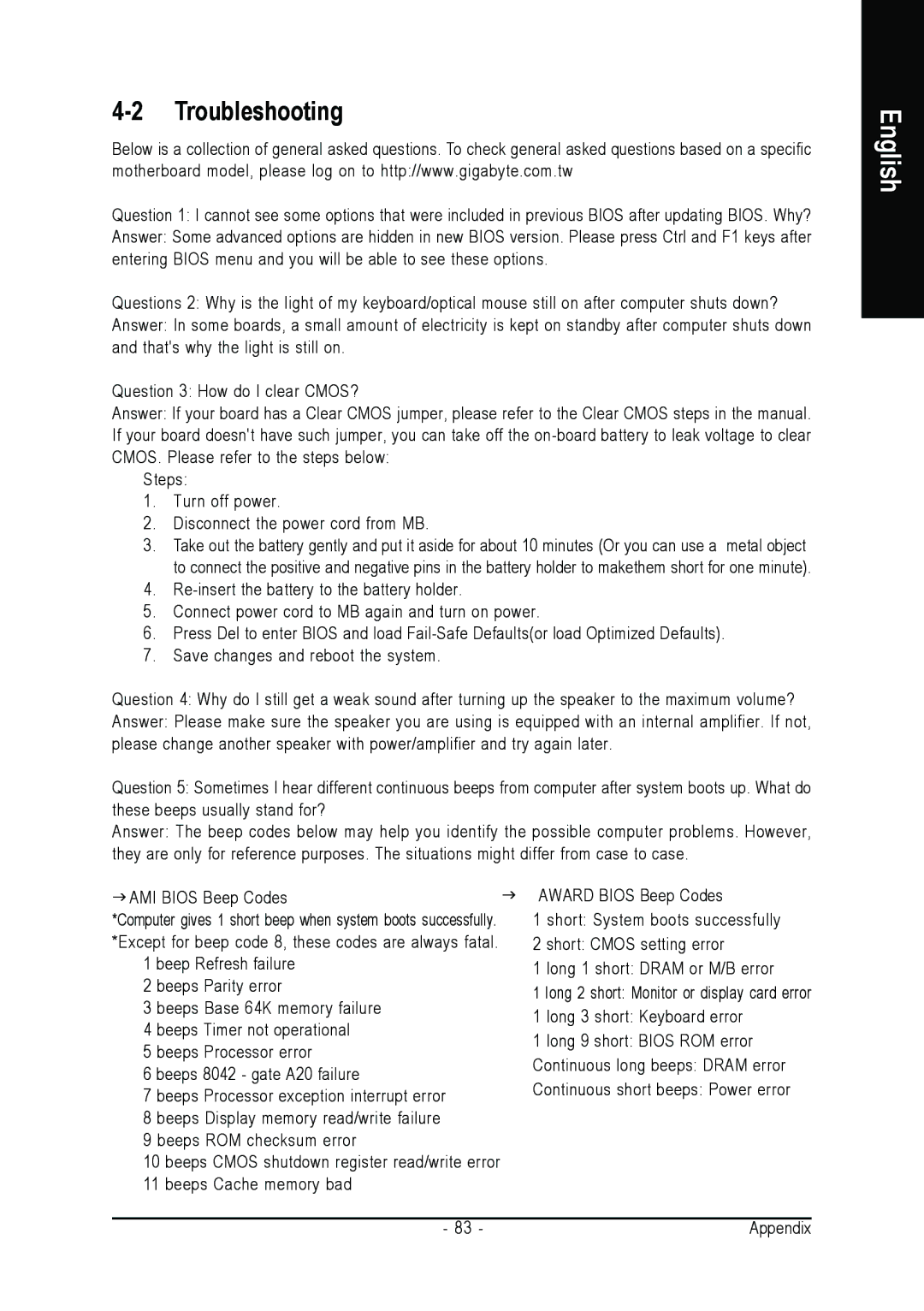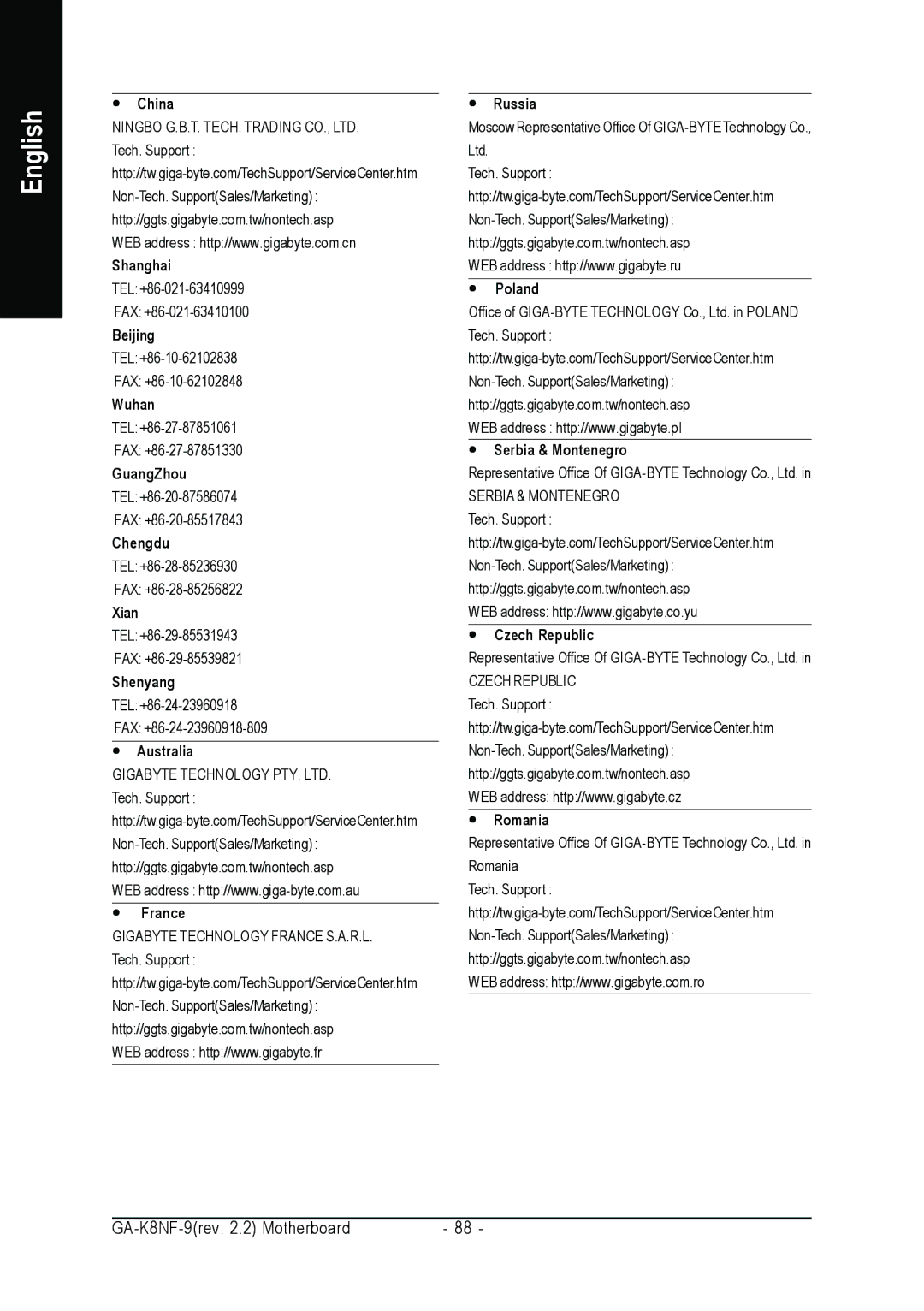
4-1-5 2- / 4- / 6- / 8- Channel Audio Function Introduction
This motherboard provides 6 audio connectors. You are able to use
English
Introduction of audio connectors:
You may connect
The front channels or earphone can be connected to Line Out (Front Speaker Out).
Connect microphone to Mic In.
Connect the rear channels to Rear Speaker Out. Connect the Center/Subwoofer channels to Center/ Subwoofer Speaker Out.
Connect the side channels to Side Speaker Out.
The installation of audio software is very simple. Please (Following pictures are in Windows XP.)
Line In | Center/Subwoofer | |
| Speaker Out | |
Line Out | Rear Speaker Out | |
(Front Speaker Out) | ||
| ||
Mic In | Side Speaker | |
| Out |
follow the steps to install the function.
Stereo Speakers Connection and Settings:
We recommend that you use the speaker with amplifier to acquire the best sound effect if the stereo output is applied.
STEP 1:
Connect the stereo speakers or earphone to "Line
Out".
Line Out
STEP 2:
Following installation of the audio driver, you'll find
a Sound Effect ![]() icon on the lower right hand taskbar. Click the icon to select the function.
icon on the lower right hand taskbar. Click the icon to select the function.
- 79 - | Appendix |
